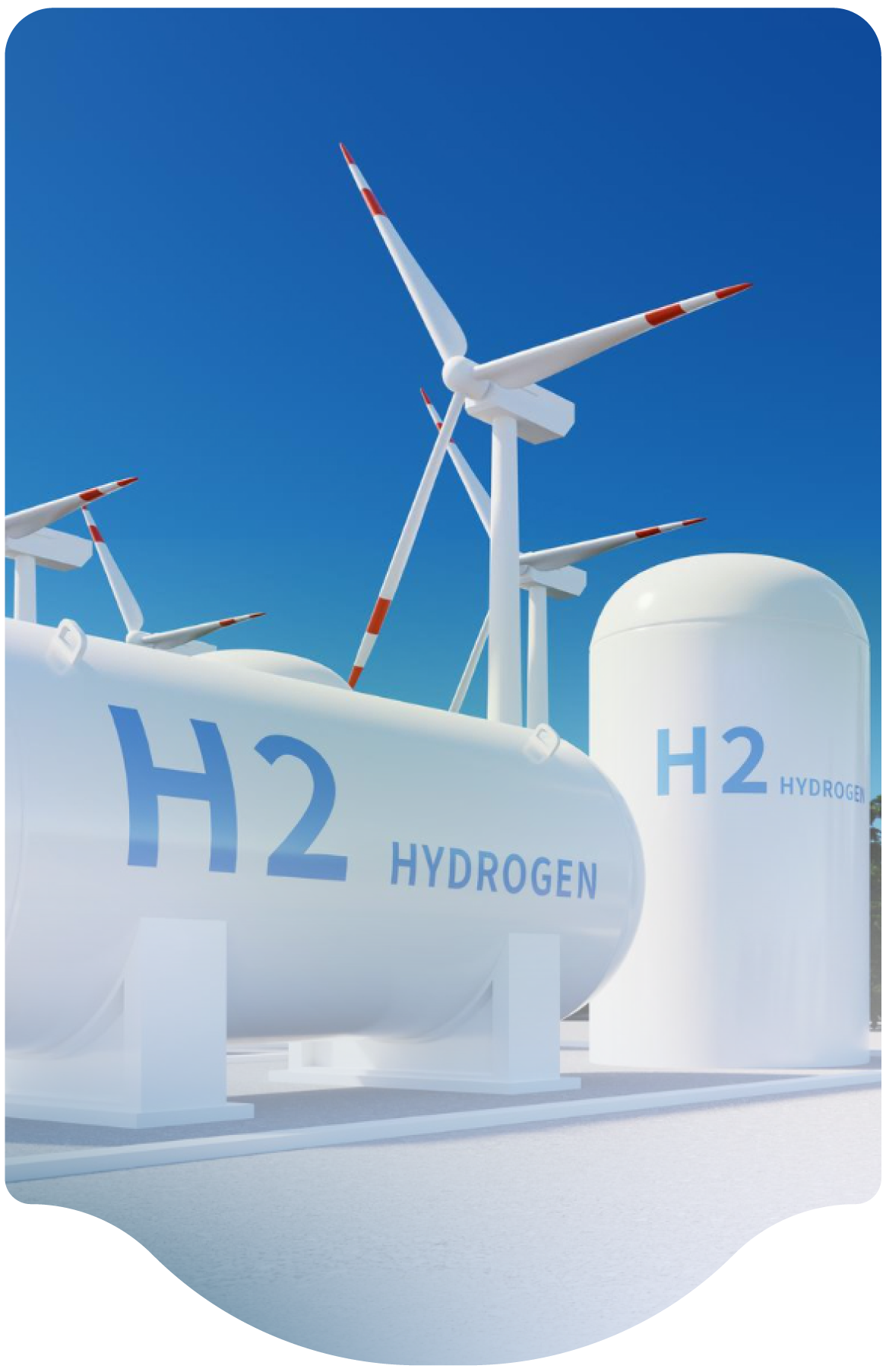- Home
-
Resources
- Center for Hydrogen Safety
- Hydrogen Fuel Cell Codes and Standards
- Learnings & Guidance
- Paper & References
- Web-based Toolkits
- Workforce Development

- Contact
- About H2Tools
- Welcome to the Hydrogen Tools Portal
- helpdesk@h2tools.org
FAQ
Frequently Asked Questions
Question & Answer
Category
Hazards Analysis, Miscellaneous, Pressure Relief Devices
Category
Hazards Analysis, Miscellaneous, Pressure Relief Devices
- 74 results found
- Clear All
Example safety guidelines are listed below but may not be all-inclusive (e.g., they do not cover general practices such as lockout/tagout, management of change, job safety analysis), and most are the same as for gaseous hydrogen. Also reference NFPA 2 and CGA documents such as H-3, H-5, and H-7. Additional safety training material can also be found on the following link to courses and…
Category: Miscellaneous
Keywords: Liquid, Safety, Guidelines, Operating
Flammable hydrogen releases can result in deflagration and transition to a detonation. Whether the
deflagration transitions to a detonation depends on numerous parameters such as cloud size, hydrogen
concentration, confinement, and congestion. Releases into confined or congested areas are more
susceptible to generating significant deflagration over-pressures and more likely to…
Category: Hazards Analysis
Keywords: Detonation, Deflagration, Flammable Clouds
There are numerous models that can be used to assess the consequence and risk of leaks and releases.
One such model is HYRAM which is publicly available from Sandia and the US DOE.
Category: Hazards Analysis
Keywords: Leak, Simulation Models, HYRAM, Risk Assessment
Emergency response procedures must be developed for each system based on its design. The
procedures generally include steps to clear personnel from the immediate area, isolate the hydrogen,
shut down the equipment, contact local responders, and protect surrounding equipment/structures until
the hazard is mitigated or the incident is over.
Category: Hazards Analysis
Keywords: Emergency Response
In most cases, it is not necessary to depressurize hydrogen systems in an emergency. Pressure vessels are usually isolated in an emergency. The best actions to assure safety during an emergency should be identified during the hazard analysis.
Category: Pressure Relief Devices
Keywords: Emergency Response
Requirements for TPRD/PRD’s depend on the local regulations. Some jurisdictions require them, some do not. Others make them optional based on results of performance testing.
Category: Pressure Relief Devices
This is a complicated subject. Thermally activated pressure relief devices can be an important safeguard for hydrogen vessels if properly designed and installed in accordance with code requirement. Requirements vary globally and often depend on the type of vessel and its intended service (e.g. mobile or stationary). However, as with any device, TPRD’s offer both advantages and disadvantages.…
Category: Pressure Relief Devices
No, this is not a common or preferred approach. Isolating the source of hydrogen is the best safety practice. Water systems could extinguish the flame but allow the gas to continue leaking and result in an explosion if reignited.
Category: Hazards Analysis
Keywords: Facility, Deluge, Fire Protection, Explosion
Situations where extinguishing a hydrogen leak prior to stopping flow is safer are rare. Hydrogen releases have a high potential for inadvertent re-ignition and subsequent explosion. Some vent stacks might be equipped with an extinguishing system, but these often can be more hazardous than allowing a properly designed vent stack to continue to burn until the source is isolated.
Category: Hazards Analysis
Keywords: Fire, Extinguish, Re-ignition, Source Isolation
Releases from high pressure hydrogen systems often make a sound. In those cases, sound might be the
easiest way for a person to know there is a hazard. However, leaks can be relatively small and diffuse,
thereby not making much sound, or alternately large and so loud that they can be very difficult to find. In
both cases, it can be hazardous to move into or through an area.
Category: Hazards Analysis
Keywords: Flame, Sound Detection, Leak, High-pressure System
We are professional and reliable provider since we offer customers the most powerful and beautiful themes. Besides, we always catch the latest technology and adapt to follow world’s new trends to deliver the best themes to the market.
Contact info
We are the leaders in the building industries and factories. We're word wide. We never give up on the challenges.
- 2 Queen Street,California, USA
- (+84) 04 123 456
- :Helpdesk@h2tools.org
